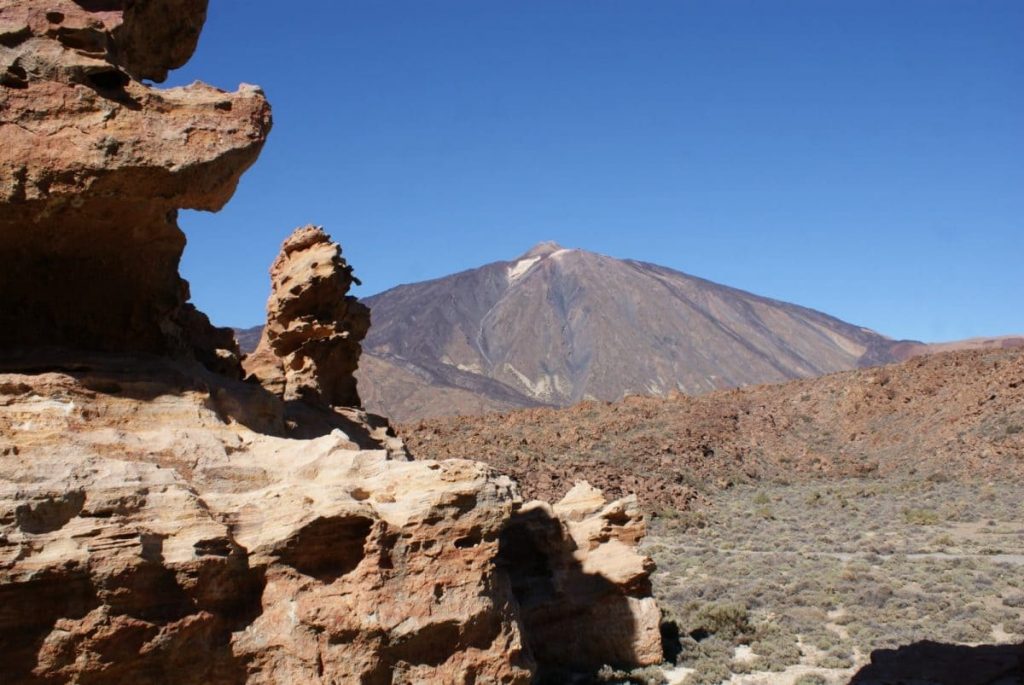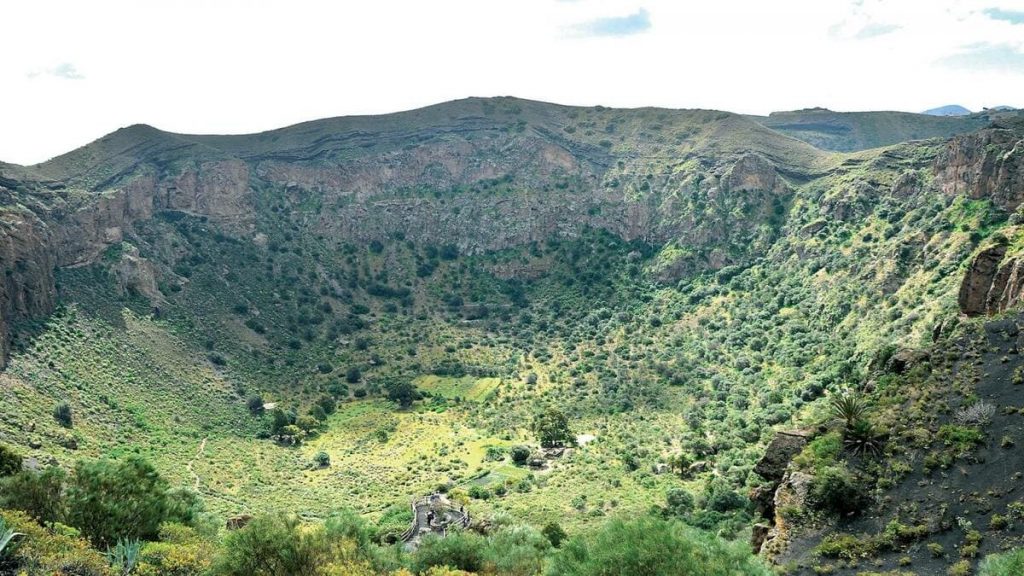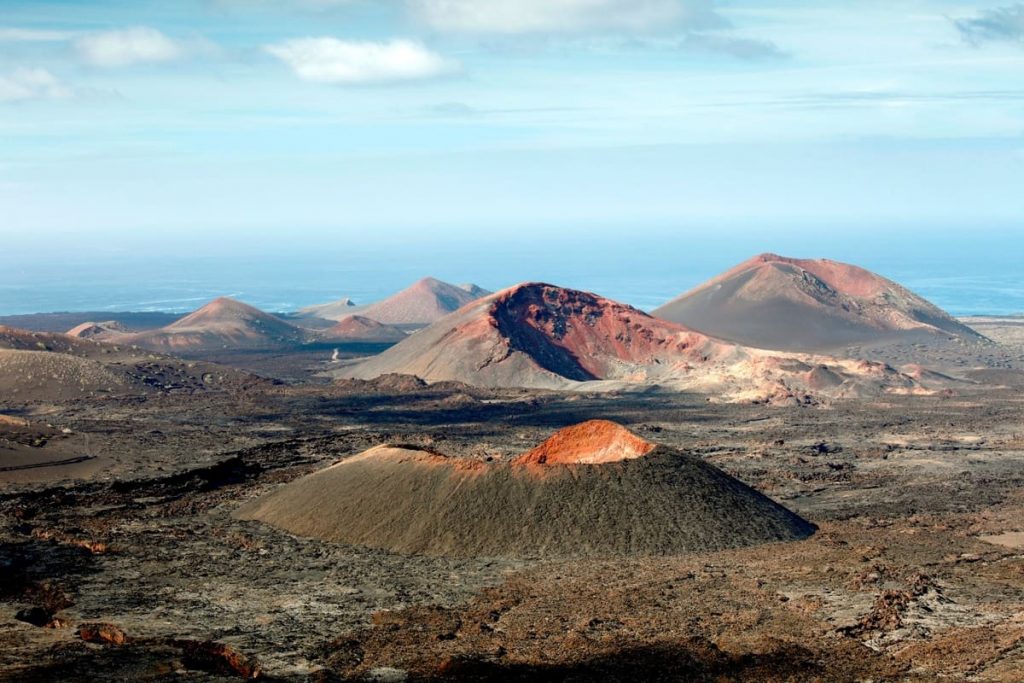The archipelago of the Canary Islands has a completely volcanic origin. If dozens of volcanoes had not erupted millions of years ago, we would not be able to speak of the Fortunate Islands today. Lanzarote and Fuerteventura were the first large land masses to appear and the rest of the islands followed. El Hierro, with 700,000 years of life, is the youngest. All of them, we insist, were born as a consequence of volcanic activity and that is why we want to go deeper into volcanoes in the Canary Islands.
How many volcanoes are there in the Canary Islands
The volcanoes of the Canary Islands account for almost one in three of the total number of these geological structures in Spain. The Archipelago has 33 volcanoes spread over Tenerife, Gran Canaria, La Palma, Fuerteventura, Lanzarote and El Hierro. The only two islands that do not have any are La Gomera and La Graciosa.
By number, the richest in volcanoes is Tenerife, with 11 . Gran Canaria and La Palma have ten each. There are six in Fuerteventura and five in Lanzarote. In El Hierro there is only one, and it is the most recent of all, since it arose from an eruption that began in October 2011. In addition, this volcano is submarine.
It may seem surprising that we have indicated 33 volcanoes and the sum of all of them in each of the islands is a higher figure. But this is because in the island count we have included submarine volcanoes, such as Tagoro, on El Hierro, and the 33 refer to surface volcanoes.
Which are the most important volcanoes in the Canary Islands?
Of all the volcanoes in the Canary Islands, only five remain active. It is considered that at least 15,000 years must pass since the last recorded volcanic activity for the cone to be considered inactive.
Of these five active volcanoes, most are dormant, showing no signs of activity, but they could erupt again at any time. The clearest example is the Cumbre Vieja volcano, in La Palma, during September 2021.
El Teide, Tenerife
The best known of all the volcanoes in the archipelago. Teide is the highest mountain in Spain and the third highest volcano in the world. Its attractiveness, in addition to the mentioned data, derives from the rich ecosystem that is formed around it, on its slope. The ascent to its summit is a unique experience.

Teide is, together with Pico Viejo, the last great volcanic formation in Tenerife. In addition, it was also the last large structure formed in the Caldera de las Cañadas del Teide. The most recent volcanic eruption dates back to 1798.
The Bandama Caldera, Gran Canaria
Gran Canaria, with its ten volcanoes, is another island with a rich geological activity. Among its peaks, the Caldera de Bandama is one of the most important, but it is not the highest volcano. This volcanic caldera is located between the municipalities of Las Palmas de Gran Canaria, Santa Brígida and Telde, and is part of the protected landscape of Tafira.

It was formed some 4000 to 5000 years ago after an explosive volcanic process that gave rise to important geological and scenic landmarks. This enclave is of great tourist and scientific interest. Visitors are attracted by the large size of the caldera, the steep walls and the rock engravings in the area.
La Caldera de Taburiente, La Palma
In La Palma, in addition to the Cumbre Vieja event, there is also space for landscape and biodiversity richness. The clearest example is La Caldera de Taburiente, a geological complex that has been declared a Biosphere Reserve by UNESCO.

The Taburiente crater has a difference in elevation of approximately 2000 meters. This area is so rich that decades ago the authorities decided to protect it as a National Park . In La Caldera de Taburiente visitors can enjoy landscapes and routes of impressive beauty, such as Roque de los Muchachos or La Cumbrecita.
Timanfaya, Lanzarote
Another renowned volcano is the Timanfaya. This natural area is located between the municipalities of Yaiza and Tinajo, in Lanzarote. In 2021 it was the second most visited National Park in the whole archipelago, only behind the Teide.

This space is part of an itinerary known as the Route of the Volcanoes, which extends for 14 kilometers around the island. Here we can contemplate the landscapes resulting from the volcanic eruptions that took place between 1730 and 1736. It was just in that period when Timanfaya registered its last great activity, completely changing the island, since nine villages were buried and the lava covered approximately 25% of all Lanzarote.
These four are just some of the volcanoes in the Canary Islands. The list would give for names like Teneguía, Tagoro, Tajogaite (the most recent emerged volcano in Spain) or even Los Órganos, in La Gomera. The latter, although not a volcano as such, is a geological formation that arose from volcanic activity.
The Canary Islands is a land with a thousand things to see, explore and learn about. If you are interested in learning more interesting facts about the Canary Islands, here is a link to the Explora Canarias section of Marca Canaria.



